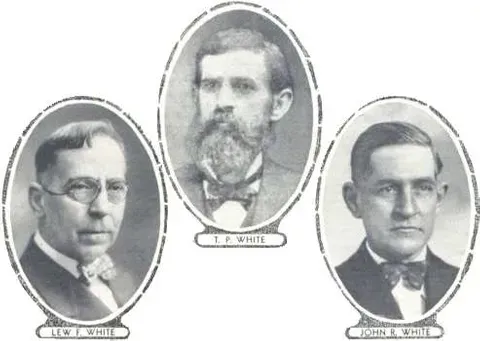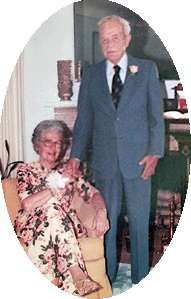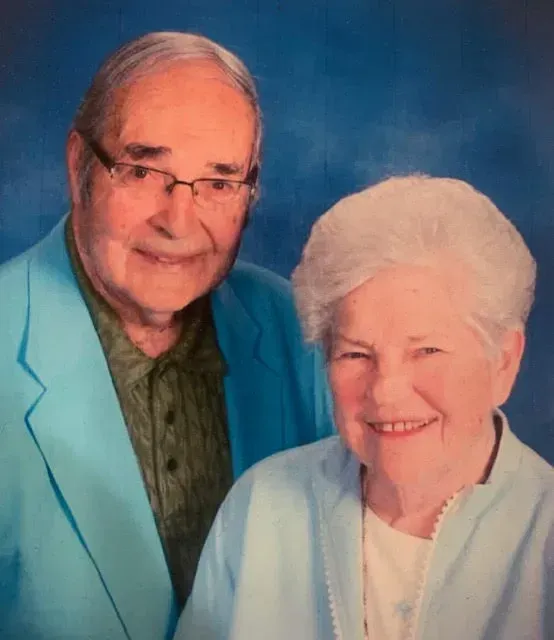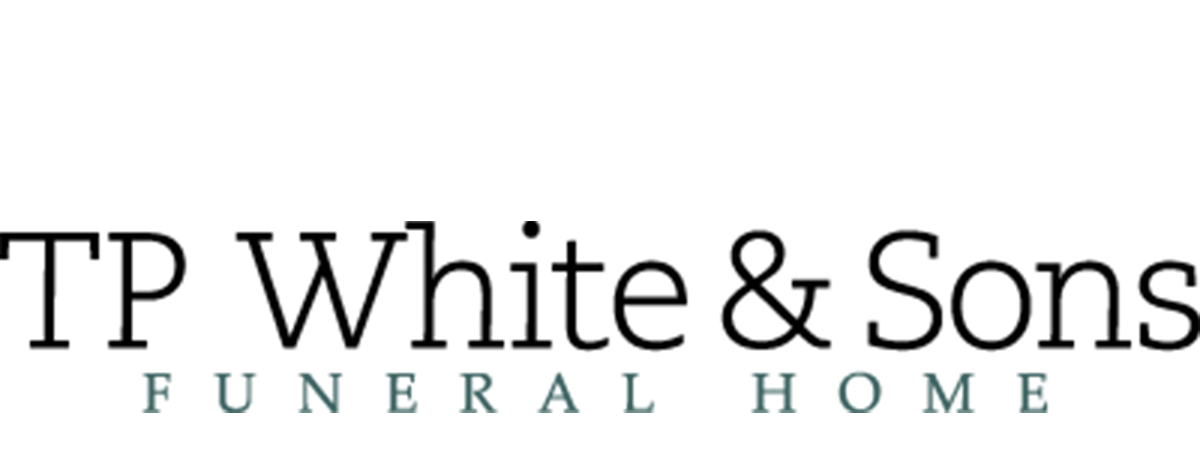About Us
Our History
Since 1870, we have been here to serve you
Up from Fort Washington, on a clear April morning, in 1792, marched a little band of soldiers. They wore the blue and white uniforms of the then young United States Army. Many of them bore the scars of the Revolution against England, then but a few years past. The men crossed the Little Miami at the Old Indian ford, some two hundred yards below the present Union Levee bridge (now Beechmont Levee Bridge).
At the order of the officer in charge, they stacked their arms, took up axes and started the work of felling logs for the construction of Girard Station. High above them, on the hills that now are Mt. Washington, sentinels stood guard to protect the workers from marauding bands of red-skins.
So started the first settlement in the vicinity of Mt. Washington. Cincinnati, then called Losantiville, was four years old when Girard Station was begun, while Fort Washington, from which the soldiers marched, had been founded in the Losantiville village, in 1789. Girard Station, built as an outpost to guard against the Indians, was situated on the hillside, approximately half-way between the Union Levee Bridge and the present bridge on Kellogg Avenue, tucked protectively among the great forest trees.
The Settler Came
For some months Girard Station was inhabited by the military only. Then, as settlers came down the Ohio, attracted by the Losantiville community, the post was expanded. More houses were built within the stockade walls. Now and then a family found its way there, liked the hills and the clear water of the Miami - decided to take up land and establish homes.

So, in 1793, came Stephen Sutton, forbearer of a family whose name has become well-known in Anderson Township history. When, after 1794, the menace of the Indians became less acute, several sturdy pioneers were ready to till the hillsides, to clear away the timber.
Down the old Beechmont Trail, which now is Beechmont Avenue, rode one Obed Denham, in 1797. Denham was the founder of Bethel, in Clermont county. Indians had been causing trouble in the pioneer settlements of Bethel and Williamsburg. Girard Station folks were asked for aid. Not many days after Denham's arrival at Girard, a troop of determined settlers made its way eastward along the way he had come. After several skirmishes, the Indian depredations ceased, and the Girard men, happy at having done a good deed for their neighbors, marched home again through the great beech forests. So the first ties were formed between Eastern Hamilton county and the district that now is Clermont.
Sutton, in the meanwhile, had purchased from Captain William Moore, Revolutionary veteran, a large tract of ground, a part of which embraces the present suburb of Mt. Washington. Sutton, and others of the same mind, built log houses and set to work taking a living from the fertile soil. The Sutton house, said to have been the first built in Mt. Washington, still standing, is known as the old Mangum homestead, near Washington Heights.
The Old Trail Widens
Then came busy years. The Beechmont trail was widened by use as settlers and traders, coming down from Hamersville, Georgetown and Bethel, made their way, across the ford, to Cincinnati. The settlers made deeper and deeper inroads into the forests. More and more land came under the plow. Houses arose; a community was established. In 1846 John Corbly laid out the present village of Mt. Washington.
All this time the Clermont county villages had been growing. In New Richmond a woolen mill had been established, and there many of the Mt. Washington settlers took their wool for spinning. There were mills, too, along the East Fork of the Miami, where farmers drove their grain for grinding into flour and meal.
Among the travelers along the Beechmont road was a sturdy country lad, with keen, quick eyes and hair black as night. Driving his father's teams from Bantam to market places in Cincinnati, he paused often to lock the wheels of his wagon before he started the trek down the dangerous Beechmont hill, that led across the Miami. Coming home, tired and worn, he often stopped a while under the great beech and oaks at the hill's top to rest his team and eat his meat and cheese before he resumed the ride towards home.
Little did T. P. White then dream that one day would see, erected among those ancient trees where he so often stopped to rest, a beautiful monument to his name and memory.
Civil War Days
Then came the Civil War, and although Old Girard Station long had been abandoned, the spirit of its pioneer soldiers was abroad in the land, and scores of men and boys went from Anderson Township to fight the Union cause. The old trail was now a highway. Six-horse stages plied between Cincinnati and Portsmouth. A sturdy covered bridge had replaced the ford.
It was but a few years after the close of the Civil War that T. P. White, who had been reared in Bantam, and who, as a boy, had traveled the old Beechmont trail on his way to Cincinnati markets, settled in New Richmond and established there an undertaking business. He was a veteran of the war, having served in the cavalry of the famous General Kilpatrick.
As the years progressed they brought many changes. Where once the silent feet of moccasined Indians tread the black soil of virgin forests, city streets were built. Where pioneers had ridden weary horses over well-used trails, there thundered interurban cars and automobiles. Then the interurban passed from the picture, and the busses came, roaring up the Beechmont hill and on toward Portsmouth, while the shades of the old coach horses looked on in silent wonderment.
And through these years of speed the name of T. P. White and the community of Mt. Washington were drawn closer and closer together. It was more than 30 years ago when the White firm first was called into a Mt. Washington home. It was a long drive then, from New Richmond, down along the old River Road, through Sweetwine, and up the hill into Mt. Washington, but the sturdy teams from the White establishment made it time and again.
Then, with the advent of the automobile, the distance seemed shortened, although, in reality, the miles remained the same. More and more often came the call for service from Cincinnati, Mt. Washington, and the southeastern section of Hamilton county. So, to serve their patrons better, the White firm decided to erect here in this most accessible suburb of Cincinnati, in this populous center of Eastern Hamilton and Western Clermont counties, a beautiful funeral home.
The Sons Carry On
T. P. White, he who as a boy, drowsed as his team hauled him and his produce into market along the Beechmont Trail, is gone, of course, just as the Indians who rode that trail before him have gone. His two sons, Lew F. White, and John R. White carry on the business for him now. Both are well-known in Hamilton county, as well as throughout their own county of Clermont. Lew, a graduate of the United States College of Embalming, New York City, was a veteran of the Spanish-American War. John, a graduate of Antioch and The Cincinnati College of Embalming, is one of the most active members of the Mt. Washington Gun Club, and is identified with conservation activities throughout southern Ohio.
The White firm, from the days of its conception, has been known for its reasonable scale of prices. And no one in the more than half a century of its existence, however destitute of means or friends, has ever been turned from its doors.
Although the construction of this new home has meant a large investment, still the T. P. White and Sons Company resolved to hold to its former and most reasonable schedule of prices, as it did when the New Richmond home was built. The firm feels that this is a part of its duty to its friends - a part of the White Service.
The White Service
T. P. White, he who as a boy, drowsed as his team hauled him and his produce into market along the Beechmont Trail, is gone, of course, just as the Indians who rode that trail before him have gone. His two sons, Lew F. White, and John R. White carry on the business for him now. Both are well-known in Hamilton county, as well as throughout their own county of Clermont. Lew, a graduate of the United States College of Embalming, New York City, was a veteran of the Spanish-American War. John, a graduate of Antioch and The Cincinnati College of Embalming, is one of the most active members of the Mt. Washington Gun Club, and is identified with conservation activities throughout southern Ohio.
The White firm, from the days of its conception, has been known for its reasonable scale of prices. And no one in the more than half a century of its existence, however destitute of means or friends, has ever been turned from its doors.
Although the construction of this new home has meant a large investment, still the T. P. White and Sons Company resolved to hold to its former and most reasonable schedule of prices, as it did when the New Richmond home was built. The firm feels that this is a part of its duty to its friends - a part of the White Service.

The new home of the White establishment in Hamilton county is, in reality, not new at all, for the house itself has seen much of Mt. Washington history. It was erected in 1860 by Stephen Girard. In September of 1932 the house was purchased by Lew F. and John R. White, sons of T.P. White.
The extensive remodeling was done by architect A. W. Cobb. Two of the beautiful fireplaces remain to remind us of the manner in which such stately homes were heated over a century ago. The interesting mantels were made of slate over an inch thick. The double front door is almost ten feet high and the doors swing on very heavy and unusual hinges whose pins can neither be seen nor removed. Many of the inside doors of the original building are almost eight feet high and swing on the same kind of hinges. The massive door frames are beautiful beyond description. It has witnessed the evolution of the highway that runs before its doors, from an old toll road, over which the great horse-drawn stages of another day have run, to its present berth of cement-paved activity. Many of the trees that dot the spacious lawns are of a vintage as ancient as the hills themselves, and if they could tell tales, would recite the stories of days long gone and times now long forgot; of how a country lad, in homespun, had dozed beneath their branches and watched the sky and dreamed dreams, which, while he never lived to see the day, still have come true because his sons, seeing their father's vision, have had the faith to carry on.

Mark & Virginia Croxton on their 50th Wedding Anniversary - 1978

John (4th Generation) & Jean Croxton

John (Sr.) & John II
(Current President/Owner & 5th Generation)


